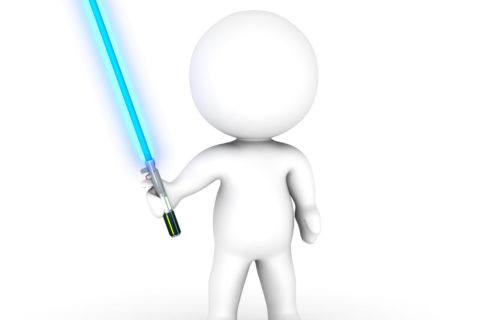By Freya Vinten
In the third article of this series, we focus on the consumer need for escapism – something which has exploded in recent years. We explore why consumer expectations of brand experiences which liberate us from the everyday have increased in importance recently, and how they’ve been shaped by various events and macro forces
Previous articles in this series introduce our unique Happiness model as a way of spotting consumer trends, and trace the evolution of authenticity as a consumer need – read.
2014 – 2015: Return to the Senses
In our excitement to devour the latest tech advancements in the early 2010’s, by 2014 many lived in a world cluttered with technology. Connecting with others became mediated by screens, and sensory engagement with the environment around us seemed increasingly engineered out. It wasn’t that we wanted ‘out’ of our new dependency, but it heightened awareness of an element that was missing: wholly experiencing something real.
Backlash against a life behind technology created a need to escape the day to day grind – to stop, look up and take a breath. Offline, consumers desired a real sensory explosion, things to see, smell and touch, to experience something real, to reconnect with nature and the real world around them. Soon, participants were lining up to throw themselves at Tough Mudder’s mud-soaked obstacle course, or better savour food by dining in complete darkness at London’s Dans Le Noir. Brands responded with countless concepts that offered consumers something special in the real world, enabling them to escape technology and make use of their senses.
2016: Total Immersion
By 2016, we were living even more of our lives through our smartphones, straddling the online and offline world, not fully engaged with either. But technology had learnt to be sensory too, and suddenly we no longer had to choose either or. Binge-watching Netflix enabled us to loose ourselves in the worlds of our favourite characters, while Philips Hue lights, Pokémon Go, and virtual reality impelled us to play with, and escape into, personal environments.
With growing recognition that experiences make us happier than things, consumers sought escapism, adventure and stories to share. At the same time we became more mindful to live in the moment. With more money in our pockets and an emphasis on doing not owning, we refocussed our energy on the quality of time spent. Escape room adventures captivated rising numbers of players, Secret cinema fused film, music, art, theatre, and dance into immersive experiences, while tech giant Samsung tore up the retail rule book, replacing stores with a ‘digital playground’.
Escapism could be found online or offline, via digitally enabled fantasy or in the completely natural – it was the quality and novelty that became truly important.
2017: Beyond Reality
Come 2017, we’re more comfortable with the increasing role of tech in our lives. We have learnt how to better manage its encroach and have tools to help us. The concern is now coming from the messiness of the outside world – global terrorism and the refugee and migrant crisis, ever-declining trust in institutions and brands, and a question mark over Europe has created fear for the future.
Whichever side of the political fence we sit we’re living in a testing political and societal climate, and the need for escapism has come to the fore. Whether for distraction, entertainment or complete escape, many of us are looking far beyond reality.
Dystopian novels are back on best sellers’ lists – perhaps an outlet for consumers to explore fears and concerns to the extreme. Netflix’s Stranger Things and Black Mirror are further examples of consumers fascinated by dark, fearful worlds.
But hope also exists in equal measure. In a post-truth world many early adopters are reaching out to the knowingly unexplainable in search of ‘something to believe in’. Spirituality is on the rise, played out via a ‘third-wave of New Age’ of crystals, witchery, sound baths, and… unicorn snot. Fashion and beauty have been big players in the conception of this trend, tapping into the desire for playful remedies, mindfulness and futurism.
Speaking to our Illume Network (our community of leading-edge consumers), it seems consumers are striving to both break free and withdraw from the insecurity of the everyday. There are opportunities for brands that can tap into our inherent need for hope, conjuring up occasions for escapism, or helping us to create havens in which to retreat: https://youtu.be/1RAzczT8R-M
By Freya Vinten, Senior Culture & Trends Consultant, Join the Dots


